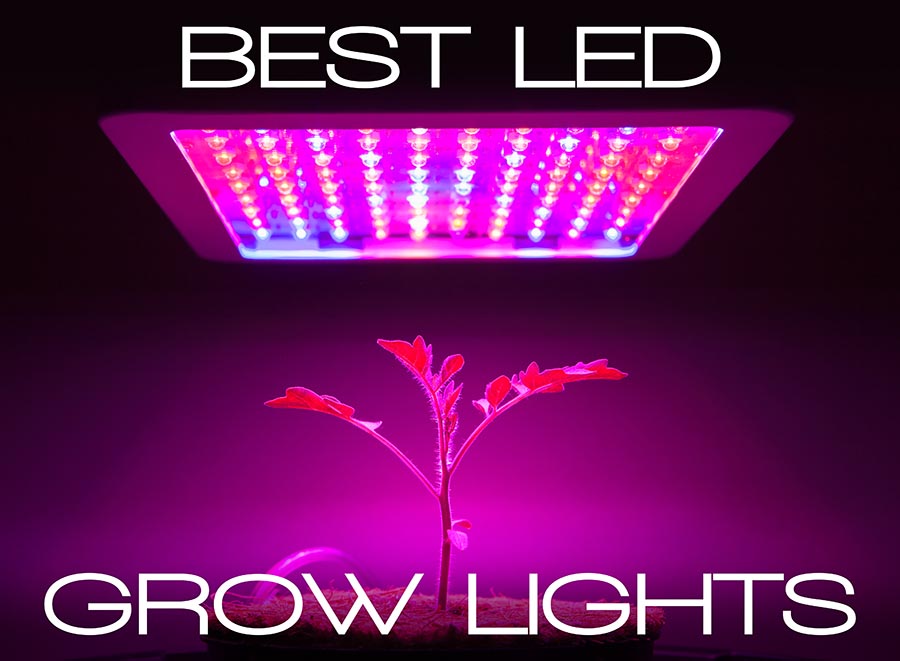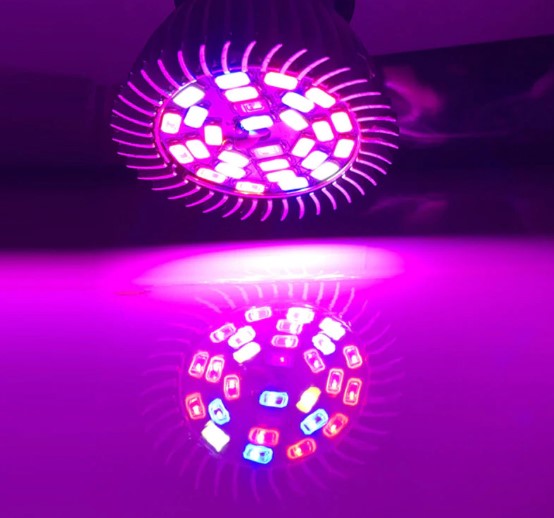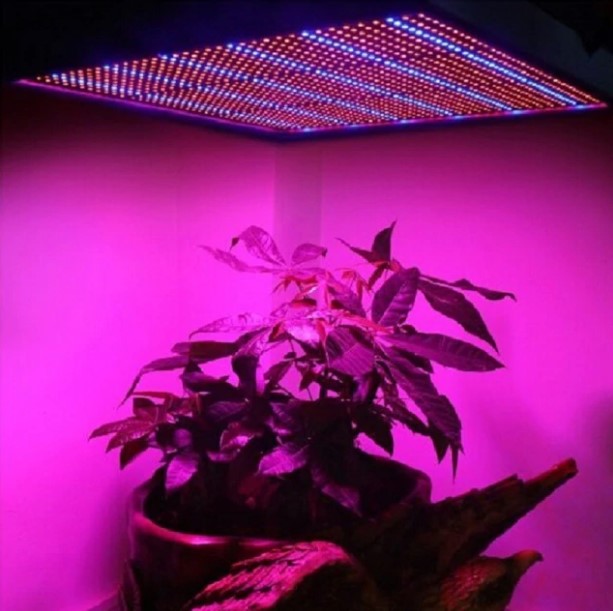
Led Grow Lights
A new type of LED light bulb has recently been released, which is illuminated by its bright lighting and limited energy consumption.
But LED lamps have a positive impact on agriculture. Naturally, lighting plays a vital role in agriculture, but experiments have shown that LEDs have a strong impact on the growth of plants that are exposed to light bulbs.

The following lines show the definition of LED lamps and how they work, and then answer the question: How does LED lighting affect plant growth?
Also, Here you can Get Best LED Grow Lights review to help you make the right choice of the perfect product.
How LED lamps work?
The term LED is an abbreviation for Lighting Emitting Diode. It consists of a number of small electronic components. These components are divided into two types, one of which is a negative charge called electrons and the other has a positive charge called holes.
When the electric current begins to flow at an appropriate voltage, both electrons and holes collide with energy in a process called “recombination”, resulting in light.

What are LED grow lights?
As its name implies, it uses LED lamps to produce light used in plant growth.
Although there are many shapes and sizes of LED lamps, the bulbs used in agriculture are those that have the light quality and the flow of photon (brightness) suitable for farming, a feature available in LED lamps without other lamps, where the light can be controlled and characteristics to meet the needs of the plant which is cultivated.
How LED lights affect plants?

Studies and research have shown that the plants are affected by certain spectral degrees of light, especially the spectrum of blue and red light. The exposure of plants to different levels of blue and red has a significant effect on the composition of roots and flowers. Increase their growth rate, and more accumulation of secondary metabolism.
While the spectrum of all colors is called “full spectrum”, the spectrum with a high concentration of green appears to the eye as white color. While this spectrum is not a critical factor for plant growth, it makes the visual examination of the germination process It is easy.
Studies have also identified what is the optimum spectrum for plant growth, even for different strains of the same plant. Studies have also shown that a plant may need a particular spectrum at some stage of its growth, but may need different spectrum at another stage.
From this point of view, we can identify a number of spectrum variables that can be modified and controlled to achieve the best results for plant growth:
– Spectrophotometer (light-color combination of colors)
– The intensity of light (the amount of photons that are dropped on a plant, usually measured by micromoles)
– Photoperiod (means the number of hours in which the plant is exposed to light during the day)
– Standardization of light: (meaning the degree of equal distribution of light).
Advantages of LED grow lights
In its beginning times, LED innovation was seen as rather unfeasible and cost-wasteful. With the most up to date innovation propels LED grow lights creation has progressed toward becoming financially savvy. Furthermore, the scope of accessible LED chip types encouraged the improvement of a more proficient plant development industry. At the point when set one next to the other with the conventional HPS (high-weight sodium) frameworks, LEDs win as far as vitality productivity, the nature of plants developed and in addition ecological cordiality.
You can check these best led grow light reviews will help you to decide yourself which one is better.